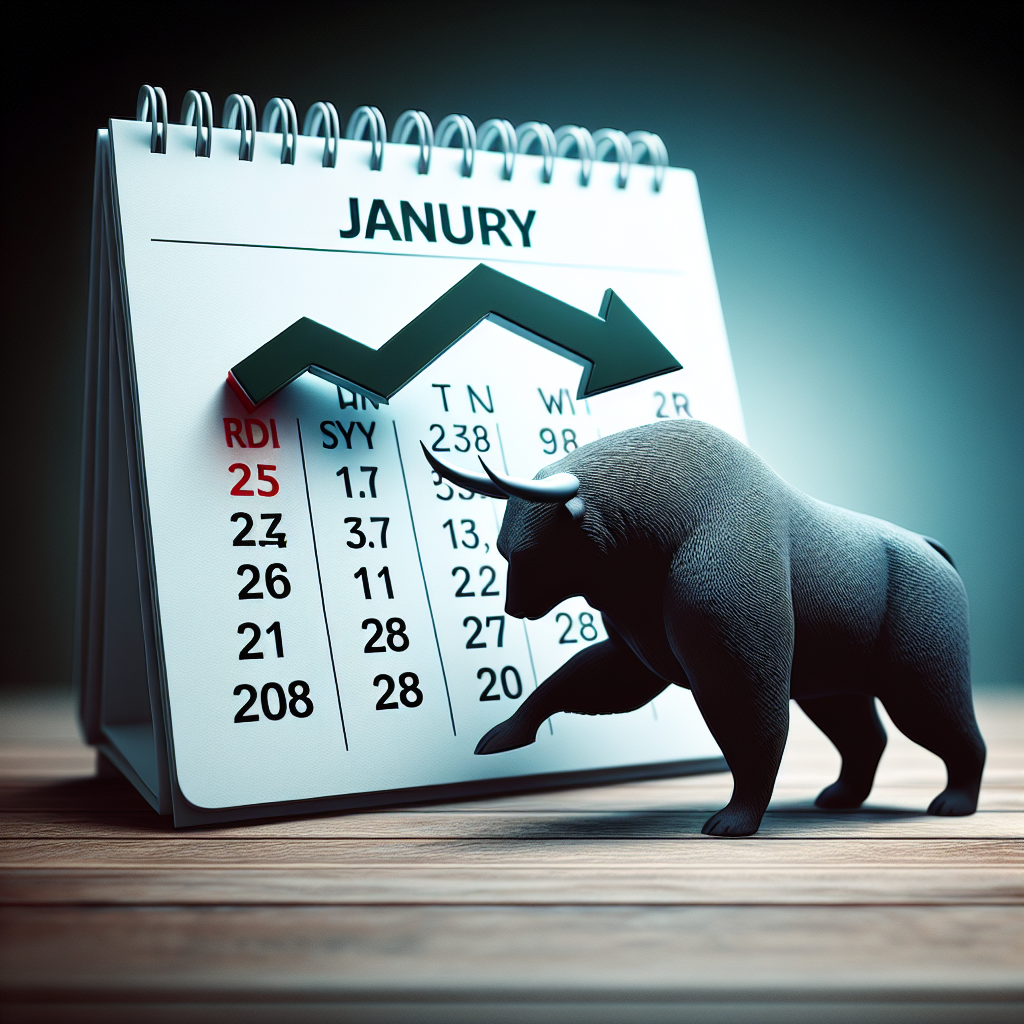Investment research firm BCA Research predicts that the stock market may trend towards a bear market in the first half of 2025. The analysts at the company stated that the U.S. stock market will rebound in January, then experience a drop of more than 20% at some point in the first half of next year, advising investors to take some hedging measures.
Analysts point out that as the impact of pandemic-era stimulus policies fades, “revenge spending” is also slowing down.
According to data, the overall economic situation of ordinary households is generally better now compared to before the pandemic. With the strong rise in the stock market, the net worth of American consumers’ homes and household wealth have significantly increased since the end of 2019.
However, some retail companies have observed a decrease in consumer spending. Revenue at Home Depot and Lowe’s has plummeted significantly, while Walmart and Target have noticed consumers tightening budgets and only making purchases during sales periods.
Furthermore, BCA analysts note that based on October employment data, the job vacancy rate has climbed from a four-year low point since September to a crucial threshold of 4.5%, with an increasing quit rate and a declining hiring rate.
The analysts stated: “We estimate that persistent economic weakness will eventually trigger a wave of layoffs, leading to a vicious cycle where a decrease in employment results in slowed spending, further wage contractions, further slowdown in consumer spending, until businesses cut back on investments, leading to an economic recession.”
Finally, with stock valuations currently at historical highs, caution is warranted. Market estimates project a 13% growth in earnings per share for 2025, nearly double the post-war average level of 6.6%.
Analysts believe that there is a possibility of an economic recession in 2025, and even if a “soft landing” could occur, stocks are still very likely to face a significant correction of over 20%. The recommendation is to sell stocks during a major market downturn and then buy on the dip.
(This article references a report from Markets Insider)

